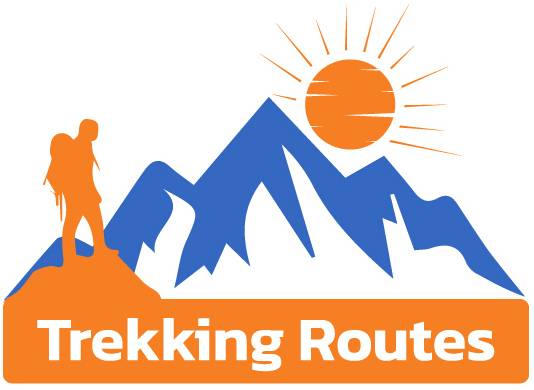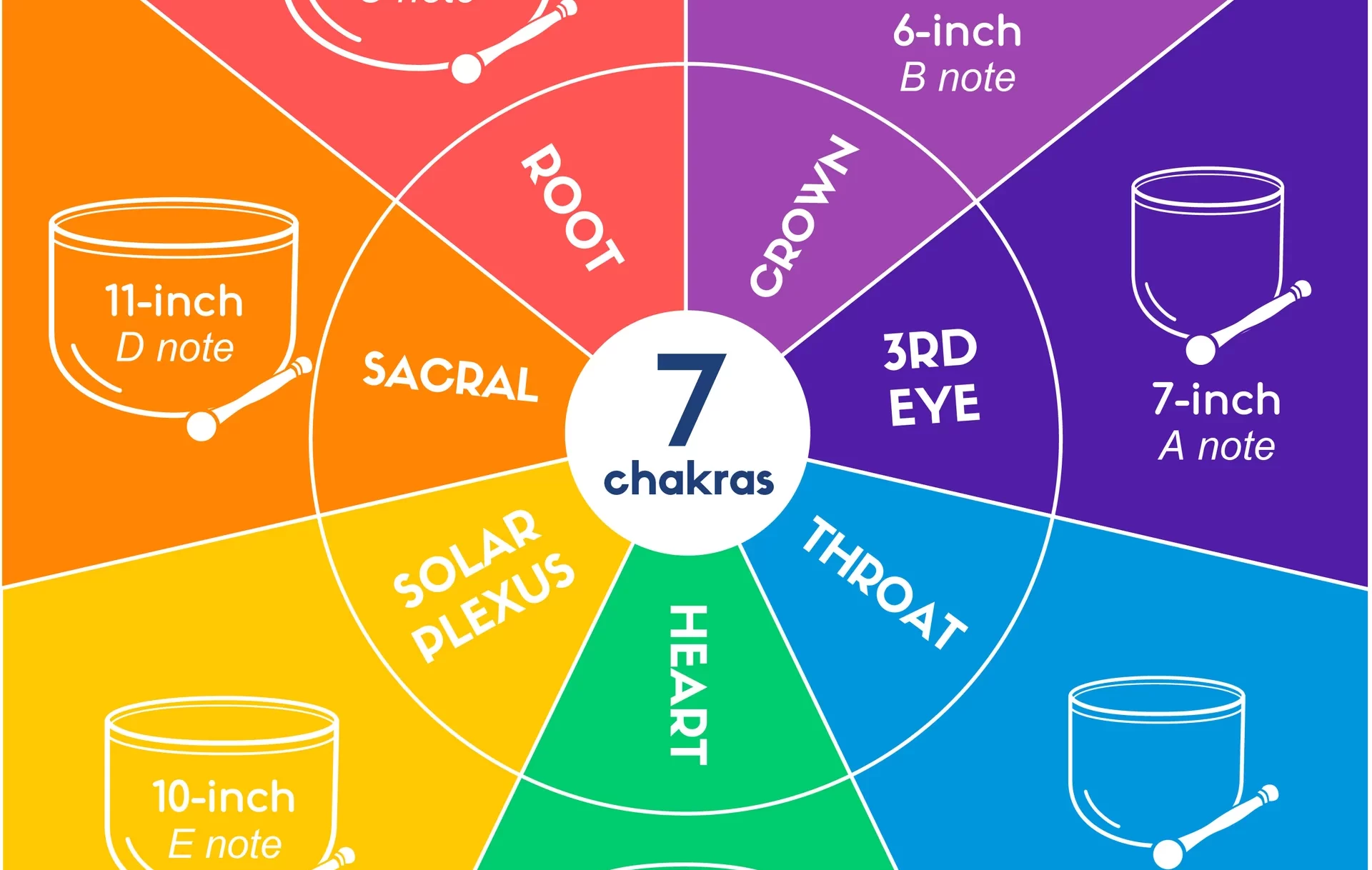The Mardi Himal Trek is an adventure that requires physical fitness and preparation. While the trek is less strenuous than other high-altitude treks in Nepal, it still demands a certain level of fitness to enjoy the experience fully. This blog will provide essential physical fitness and training tips for the Mardi Himal Trek, ensuring you’re ready for the challenges of the trail.
Understanding the Demands of Mardi Himal Trek
The Mardi Himal Trek involves steep ascents, descents, and long walking hours. The trail reaches a maximum altitude of 4,500 meters at Mardi Himal Base Camp. The trek typically takes 5 to 7 days, with daily walks ranging from 4 to 7 hours. The physical demands include endurance, strength, and cardiovascular fitness. Understanding these demands will help you tailor your training to meet the trek’s challenges.
Cardiovascular Training
Cardiovascular fitness is crucial for trekking at high altitudes. Your heart and lungs need to work efficiently to supply oxygen to your muscles, especially in low-oxygen environments. Start your cardiovascular training at least three months before the trek. Activities like running, cycling, swimming, and brisk walking are excellent ways to improve cardiovascular fitness. Aim for 30 to 60 minutes of cardio exercise, 4 to 5 times a week. Gradually increase the intensity and duration of your workouts to build endurance.
Strength Training
Strength training is essential for trekking, as it helps build the muscles needed to carry your backpack and navigate uneven terrain. Focus on exercises that target your legs, core, and upper body. Squats, lunges, step-ups, and calf raises are great for strengthening your legs. Planks, Russian twists, and leg raises will help build core stability. Push-ups, pull-ups, and shoulder presses will strengthen your upper body. Incorporate strength training into your routine at least 2 to 3 times a week.
Hiking Practice
Simulating the actual trekking conditions is one of the best ways to prepare for the Mardi Himal Trek. Regular hiking practice will help your body adapt to long walks on uneven terrain. If possible, hike on trails with similar conditions to those on the Mardi Himal Trek. Carry a backpack with a weight similar to what you’ll carry on the trek. Start with shorter hikes and gradually increase the distance and elevation gain. Aim for at least one long hike every week.
Flexibility and Mobility Exercises
Flexibility and mobility are often overlooked in trekking preparation, but they are essential for preventing injuries. Stretching exercises will improve your range of motion and reduce muscle stiffness. Incorporate dynamic stretches, such as leg swings and arm circles, into your warm-up routine. After your workout, perform static stretches, focusing on your hamstrings, quadriceps, calves, and lower back. Yoga is also an excellent way to improve flexibility and balance. Aim for at least 15 minutes of stretching or yoga after each workout.
Acclimatization and Altitude Training
Acclimatization is crucial for preventing altitude sickness during the Mardi Himal Trek. While it’s challenging to simulate high-altitude conditions before the trek, you can prepare your body by training at higher elevations if possible. If you live in a low-altitude area, consider spending time in the mountains before your trek to help your body adjust. During the trek, take rest days to allow your body to acclimatize to the increasing altitude. Listen to your body and don’t rush the ascent.
Mental Preparation
Mental toughness is as important as physical fitness when trekking in the Himalayas. The Mardi Himal Trek can be mentally challenging, especially when dealing with fatigue, altitude, and changing weather conditions. Practice mindfulness and meditation to improve mental focus and resilience. Set small, achievable goals during your training to build confidence. Visualize yourself completing the trek successfully to boost motivation. Remember that mental preparation will help you push through difficult moments on the trail.
Nutrition and Hydration
Proper nutrition and hydration are essential for maintaining energy levels during the trek. Focus on a balanced diet rich in carbohydrates, proteins, and healthy fats. Carbohydrates are your primary energy source, so include plenty of whole grains, fruits, and vegetables in your diet. Proteins are crucial for muscle repair and recovery, so incorporate lean meats, fish, eggs, and legumes. Healthy fats from nuts, seeds, and avocados provide long-lasting energy. Stay hydrated by drinking plenty of water throughout the day.
Pre-Trek Health Check
Before embarking on the Mardi Himal Trek, it’s advisable to undergo a health check to ensure you’re physically fit for the trek. Visit your doctor for a full medical examination, especially if you have pre-existing health conditions. Discuss your trekking plans with your doctor and follow any recommended precautions. If you’re on medication, ensure you have an adequate supply for the duration of the trek. A health check will give you peace of mind and allow you to focus on the adventure ahead.
Packing the Right Gear
The right gear can make a significant difference in your trekking experience. Invest in a good pair of trekking boots that are comfortable and provide ankle support. Break them in before the trek to avoid blisters. Carry a lightweight, breathable backpack with padded straps and a hip belt. Use trekking poles to reduce the strain on your knees during steep descents. Pack moisture-wicking clothing, a warm jacket, a hat, gloves, and a rain jacket. Don’t forget essentials like a first aid kit, water purification tablets, and high-energy snacks.
Listen to Your Body
During both training and the actual trek, it’s crucial to listen to your body. Overtraining can lead to injuries, so ensure you allow time for rest and recovery. If you experience pain or discomfort during your training, take a break and seek professional advice if necessary. During the trek, pay attention to signs of altitude sickness, such as headaches, dizziness, or shortness of breath. If you experience these symptoms, descend to a lower altitude and rest. Your health and safety should always be the top priority.
Final Thoughts
The Mardi Himal Trek is an unforgettable adventure, and with the right physical fitness and training, you can enjoy it to the fullest. By following the tips outlined in this blog, you’ll be well-prepared for the challenges of the trail. Remember that fitness is not just about physical strength but also mental resilience and proper preparation. Start your training well in advance, listen to your body, and enjoy the journey. With determination and preparation, the Mardi Himal Trek will be a rewarding experience that you’ll cherish forever.







0 Comments